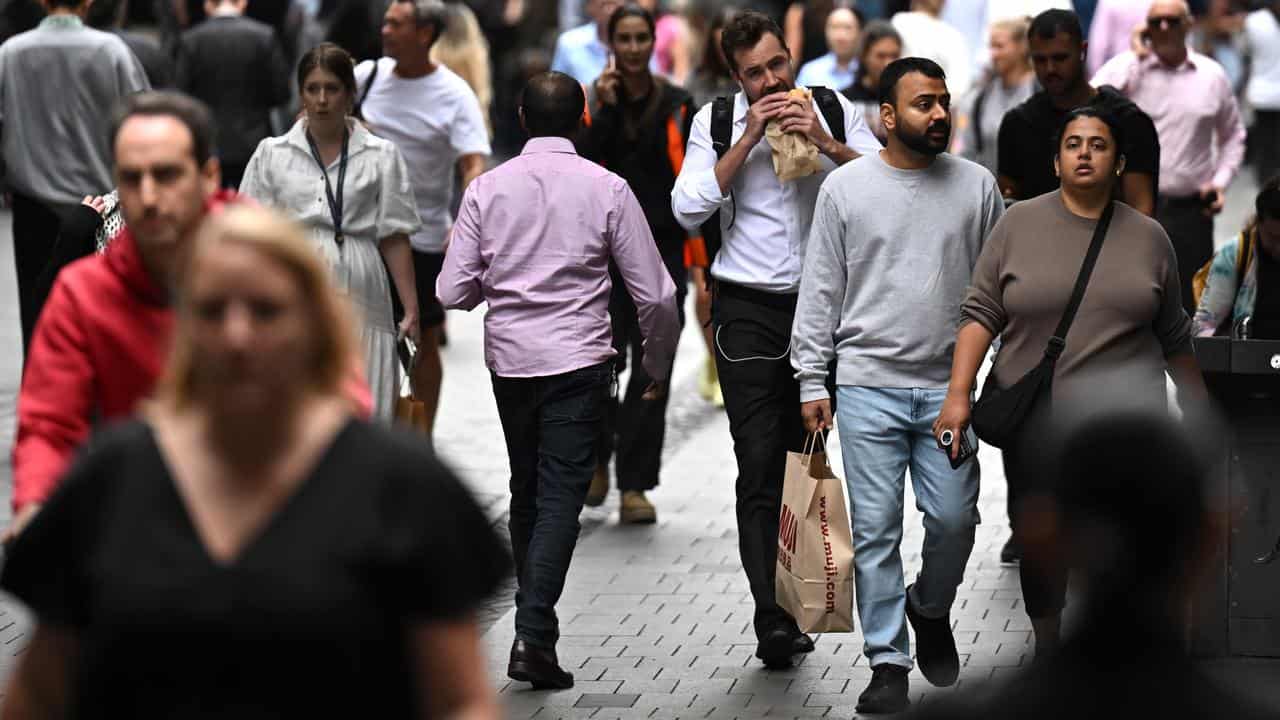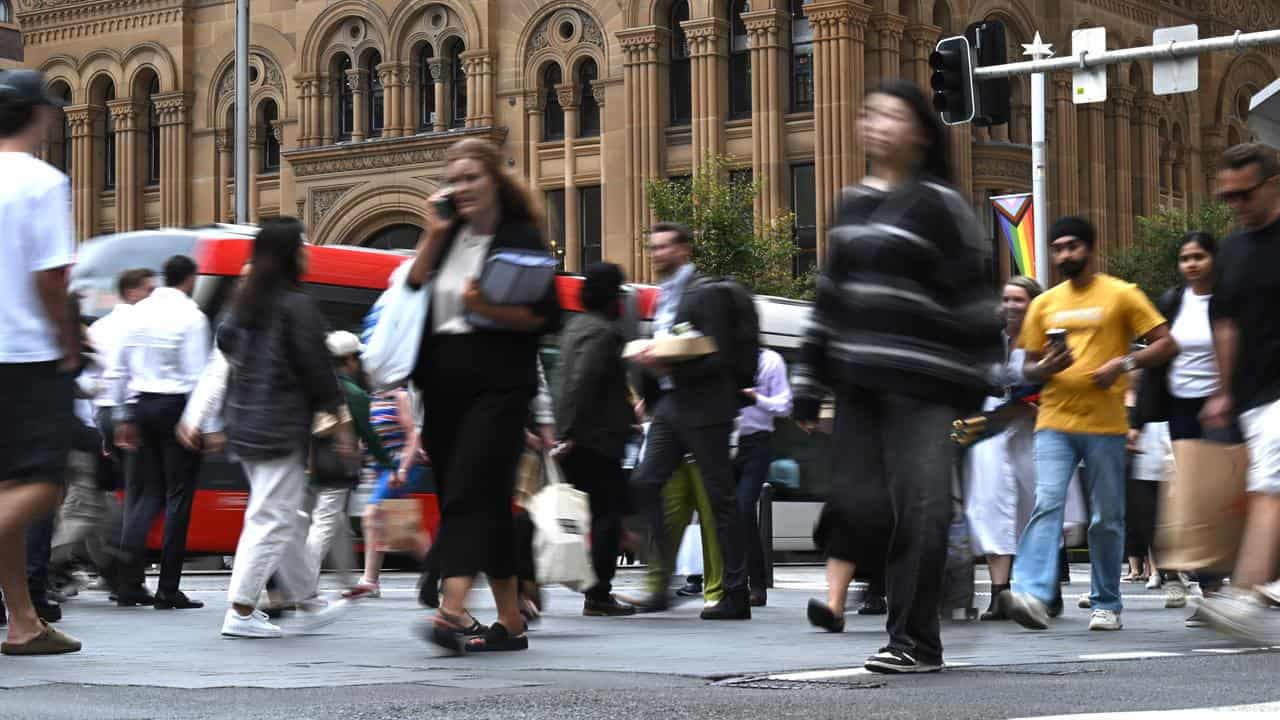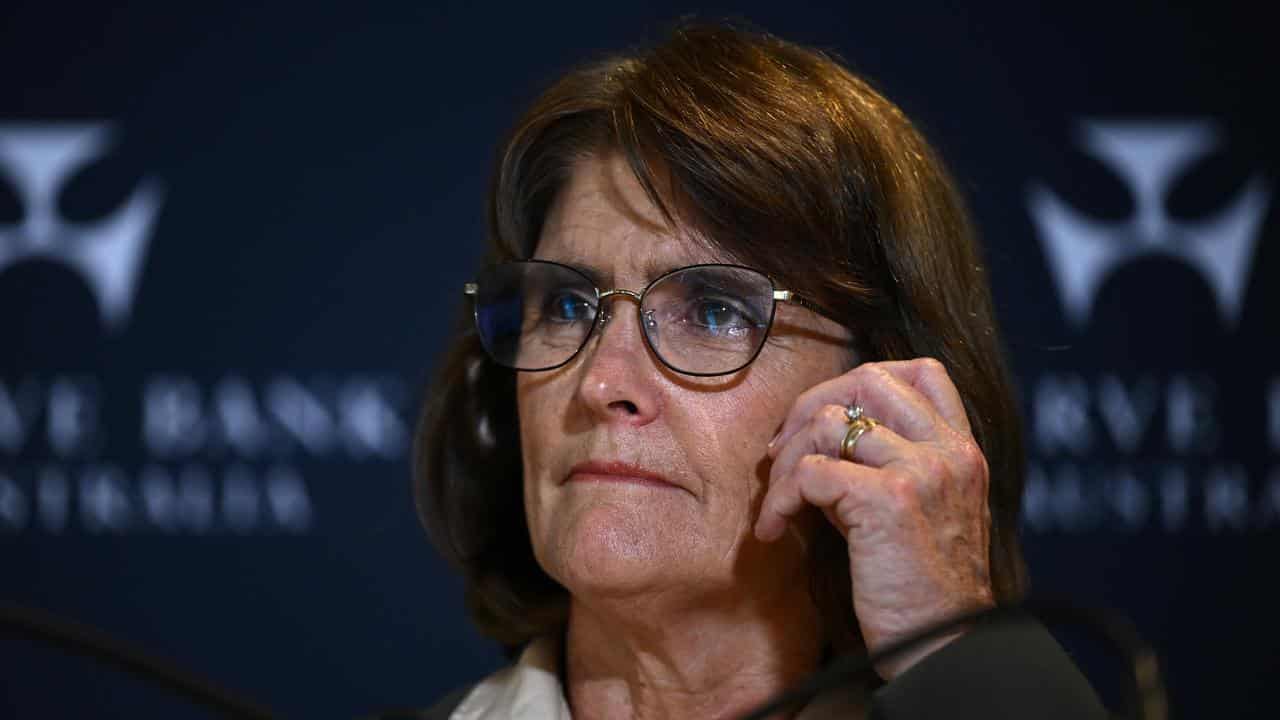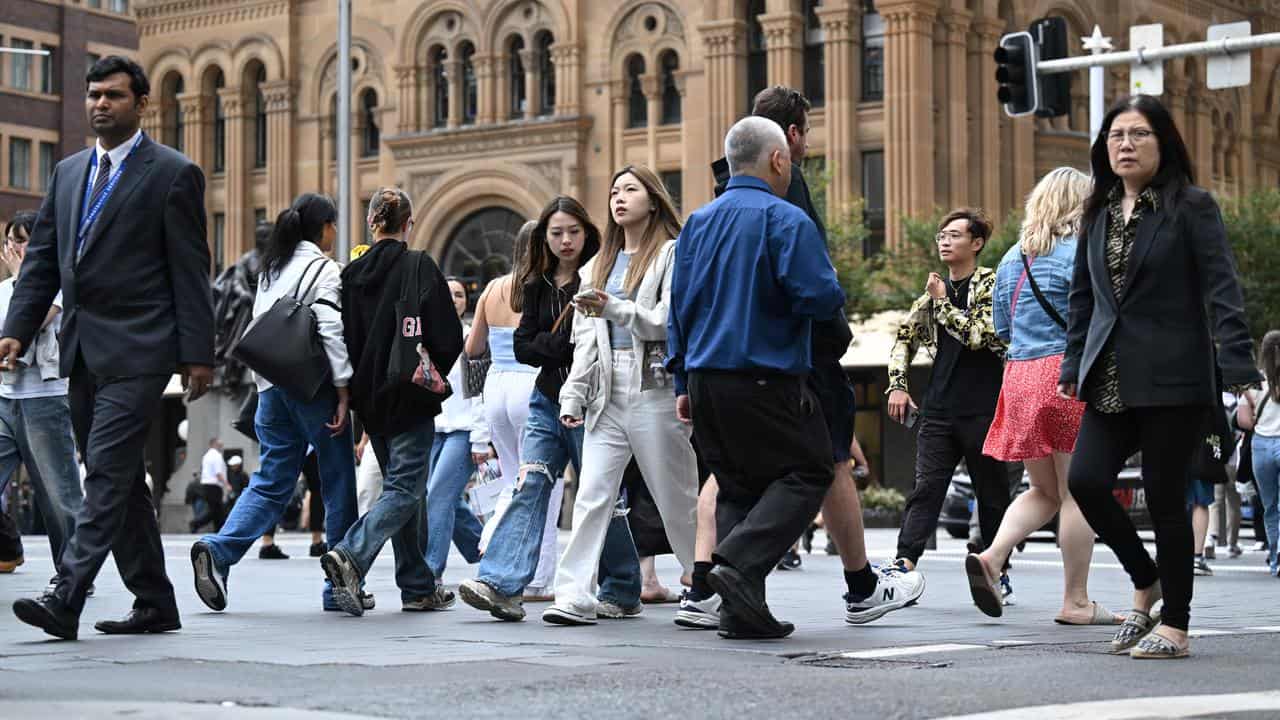
An uptick in the jobless rate is not expected to last long as Australia's employment market shows no sign of losing steam.
A surprisingly high 44,000 jobs were added to the economy in January, the Australian Bureau of Statistics reported, lifting the participation rate to a record high 67.3 per cent.
The market consensus was for an increase of just 20,000 jobs.
How the Reserve Bank processes ongoing tightness in the labour market, alongside a deceleration in wages growth, will factor into the board's appetite to cut interest rates further throughout 2025.
About 23,000 Australians lost their jobs, causing the unemployment rate to edge up to 4.1 per cent.

However, this was largely due to a seasonal increase in workers attached to a job but yet to start, meaning the unemployment rate is likely to push down in February when the trend reverses, said NAB senior economist Taylor Nugent.
The 0.1 percentage point rise in unemployment came after an identical increase in December, but the jobless rate remains historically low and below the 4.2 per cent figure recorded in July.
The participation rate rose to a fresh record high of 67.3 per cent, said the bureau's head of labour statistics Bjorn Jarvis.
"Most of the rise in both employment and unemployment in January reflected rises for women, with female employment rising by 44,000 and unemployment by 24,000," he said on Thursday.
"In contrast, male employment and unemployment both changed by less than 1,000 people."
Strength in the labour market has been a bright spot in the economy, with the government welcoming the fact few workers had to lose their jobs to bring down inflation.
"Labor’s reason for being is to ensure more people are working, earning more and keeping more of what they earn and this shows once again we are heading in the right direction," said Treasurer Jim Chalmers.
But RBA governor Michele Bullock made clear the board was far from comfortable with the direction the economy was heading, despite slashing the cash rate for the first time in more than four years on Tuesday.
"We cannot declare victory on inflation just yet," she said.
"Many indicators suggest that the labour market is tight, and on some measures tightening further.
"While this is good news for jobseekers, the board remains alert to the possibility that it is signalling a bit more strength in the economy, which could delay or stall the disinflation process."

The RBA predicts the jobless rate to rise marginally to 4.2 per cent by the middle of 2025, below what it views as the minimum level it can stay at without causing labour costs and subsequently inflation to increase.
KPMG senior economist Michael Malakellis said strength in the labour market "will not overly concern the RBA", given Wednesday's report that annual wages growth fell from 3.6 per cent to 3.2 per cent in the December quarter.
If wages continue to grow in a subdued manner, the board could gain confidence that low unemployment is not an impediment to inflation returning to target, potentially enabling further interest rate cuts.
But anaemic productivity growth remains a concern for the RBA and the government.
A key risk to the economy's outlook, identified by the Reserve Bank in its Statement on Monetary Policy, is that labour productivity grows persistently weaker than predicted.

That could cause inflation to rise unexpectedly if labour costs grow faster than the output workers produce.
Three years of near-consistent productivity declines have become a key concern for the Australian economy, said Deloitte Access Economics partner David Rumbens.
“Labour productivity is a key determinant of economic growth and overall living standards," he said as he unveiled Deloitte's latest Employment Forecasts report.
"Australia needs a productivity boost - from the market sector via investment, particularly in technology, and from the non-market sector via economic reforms."




